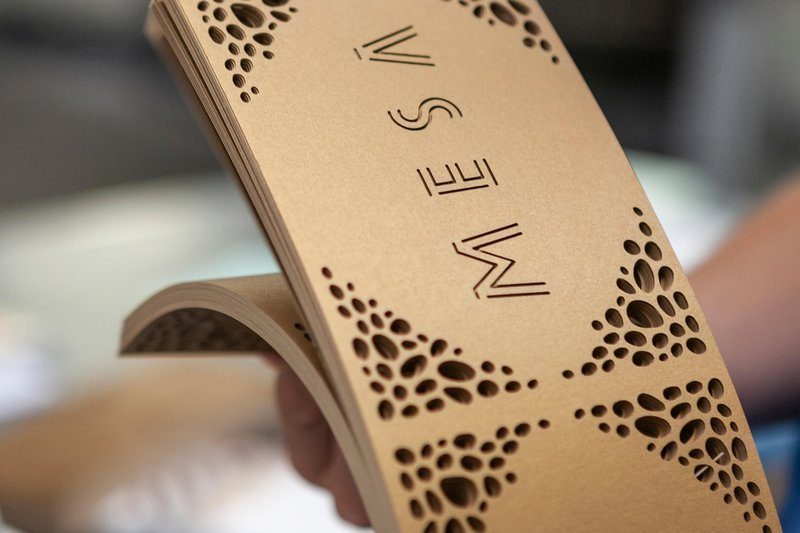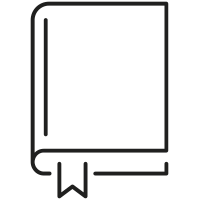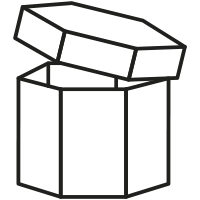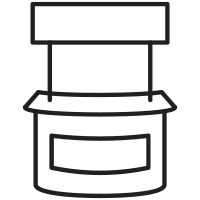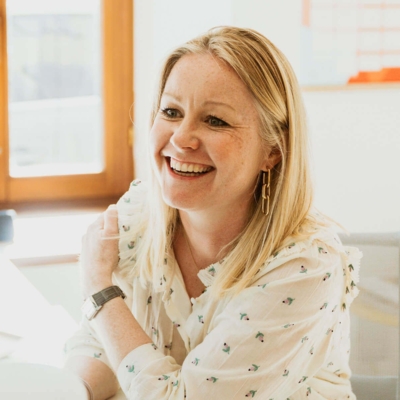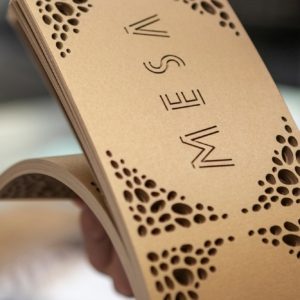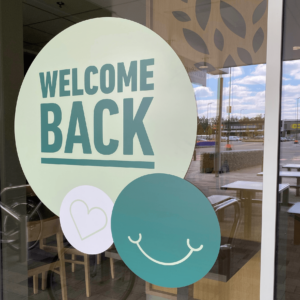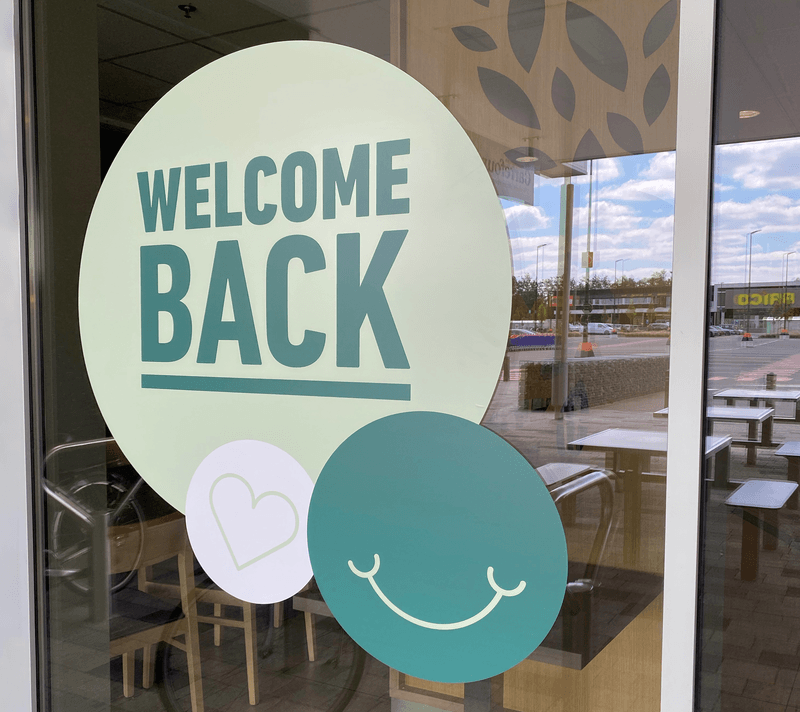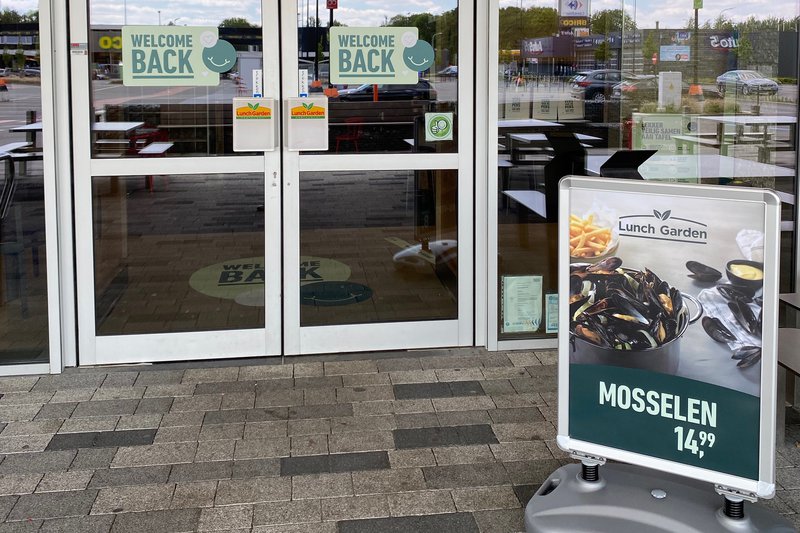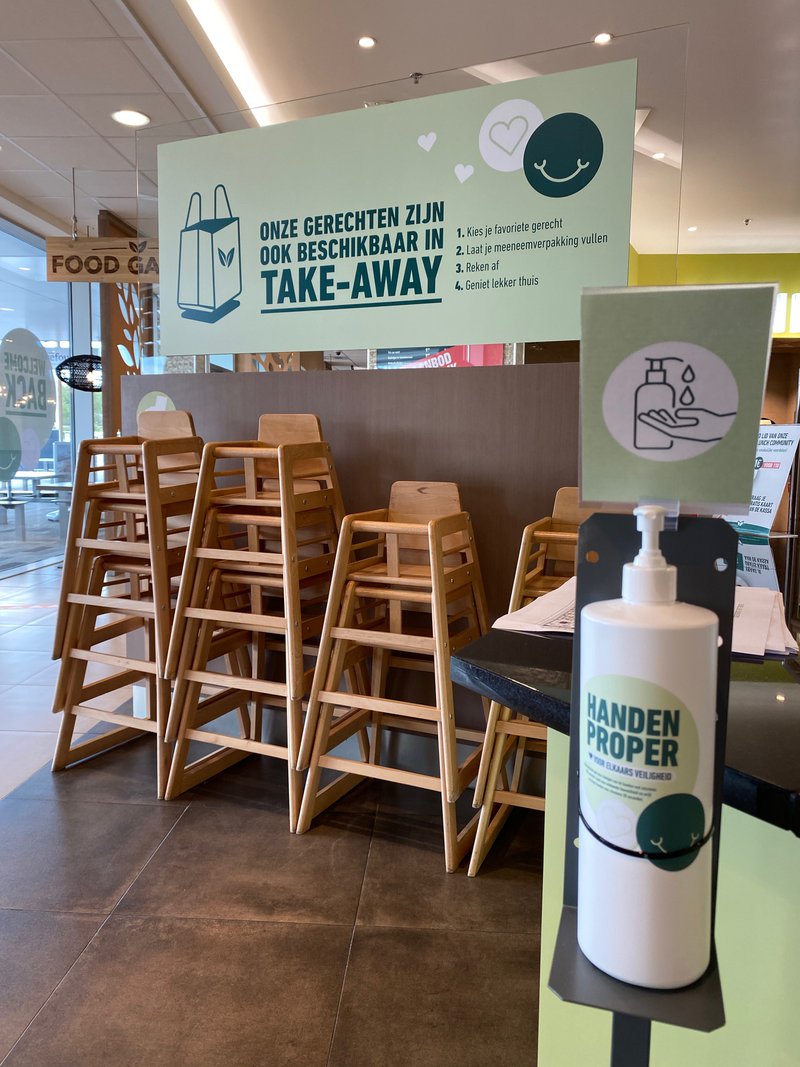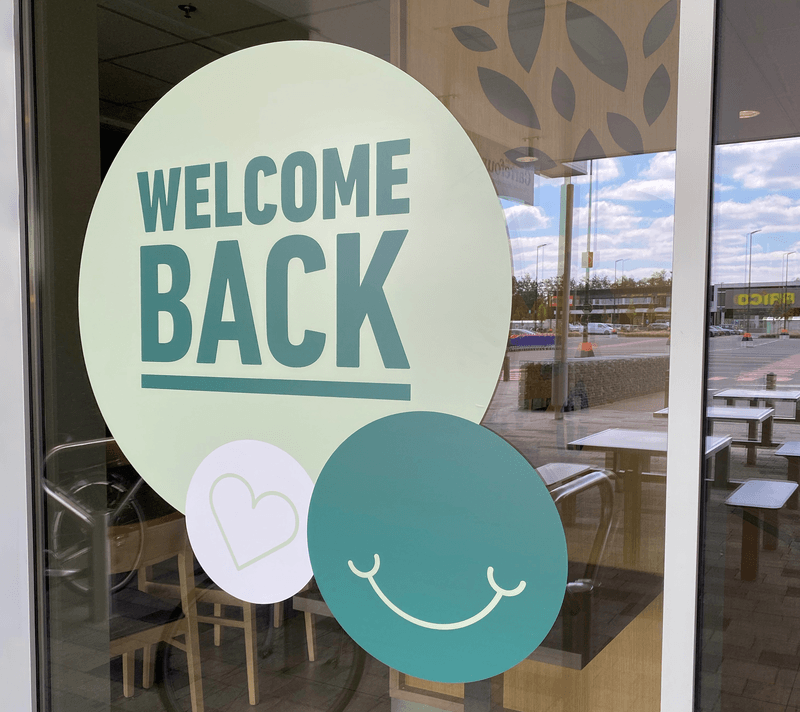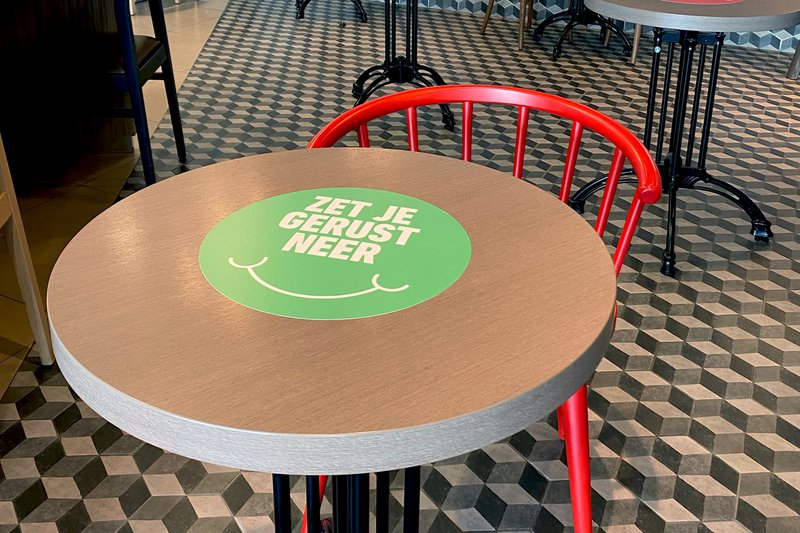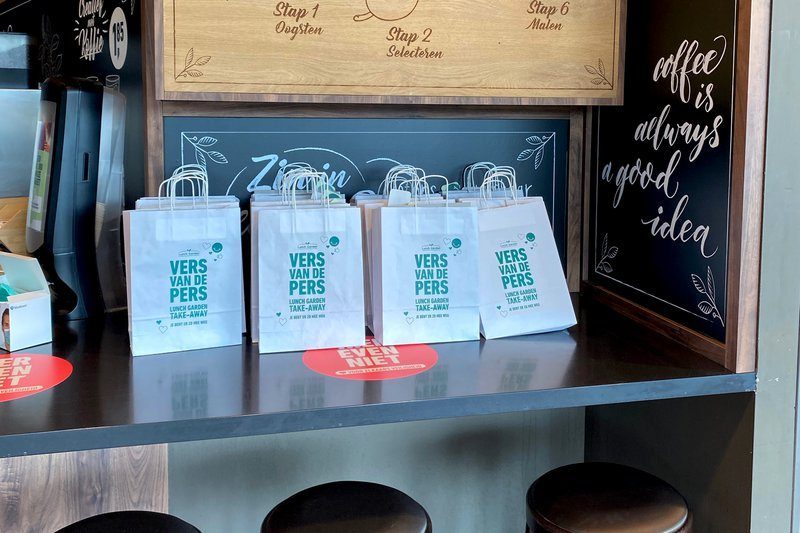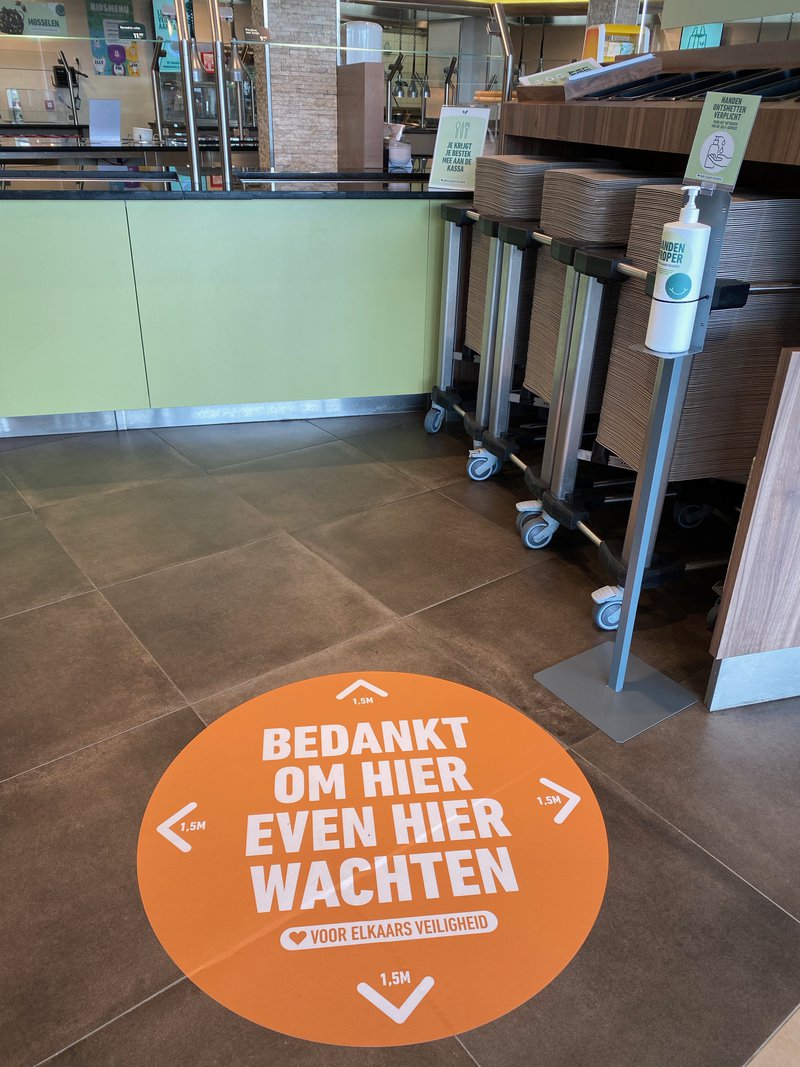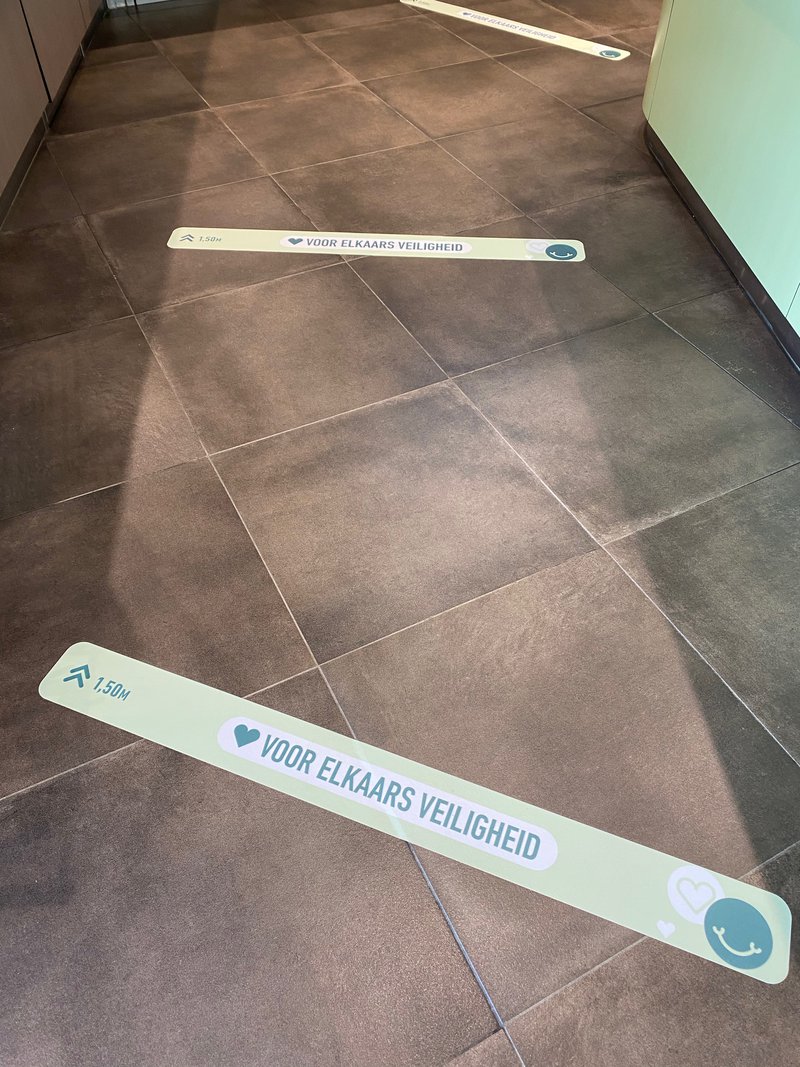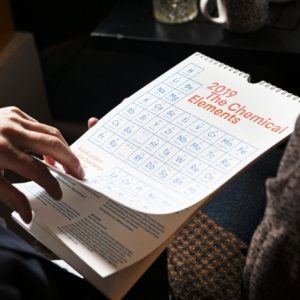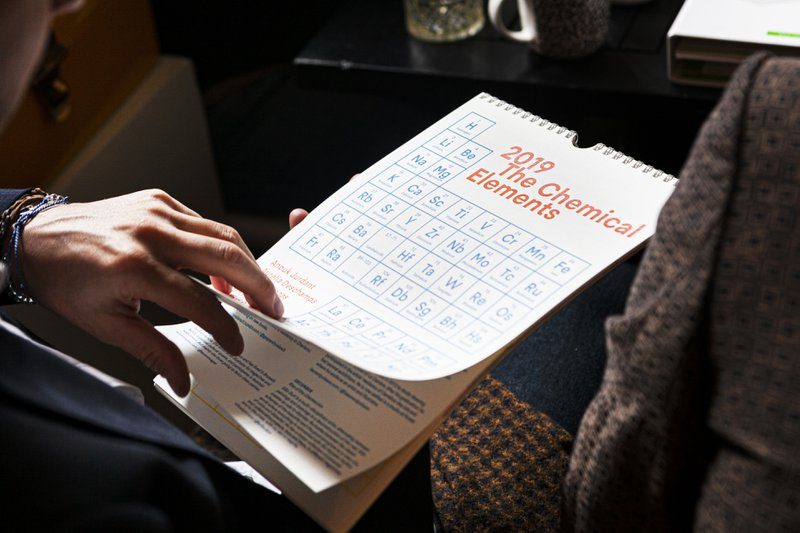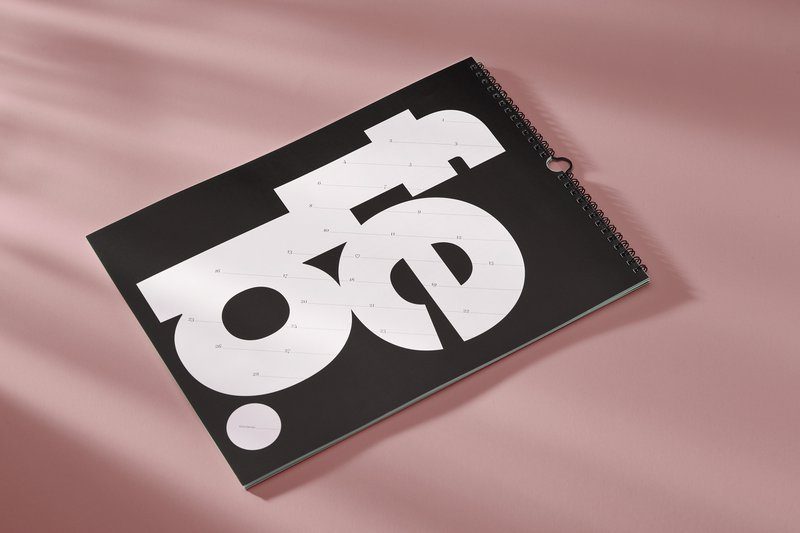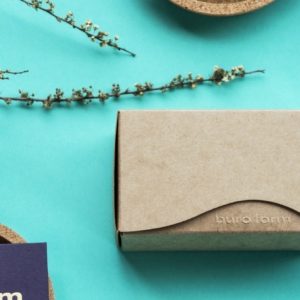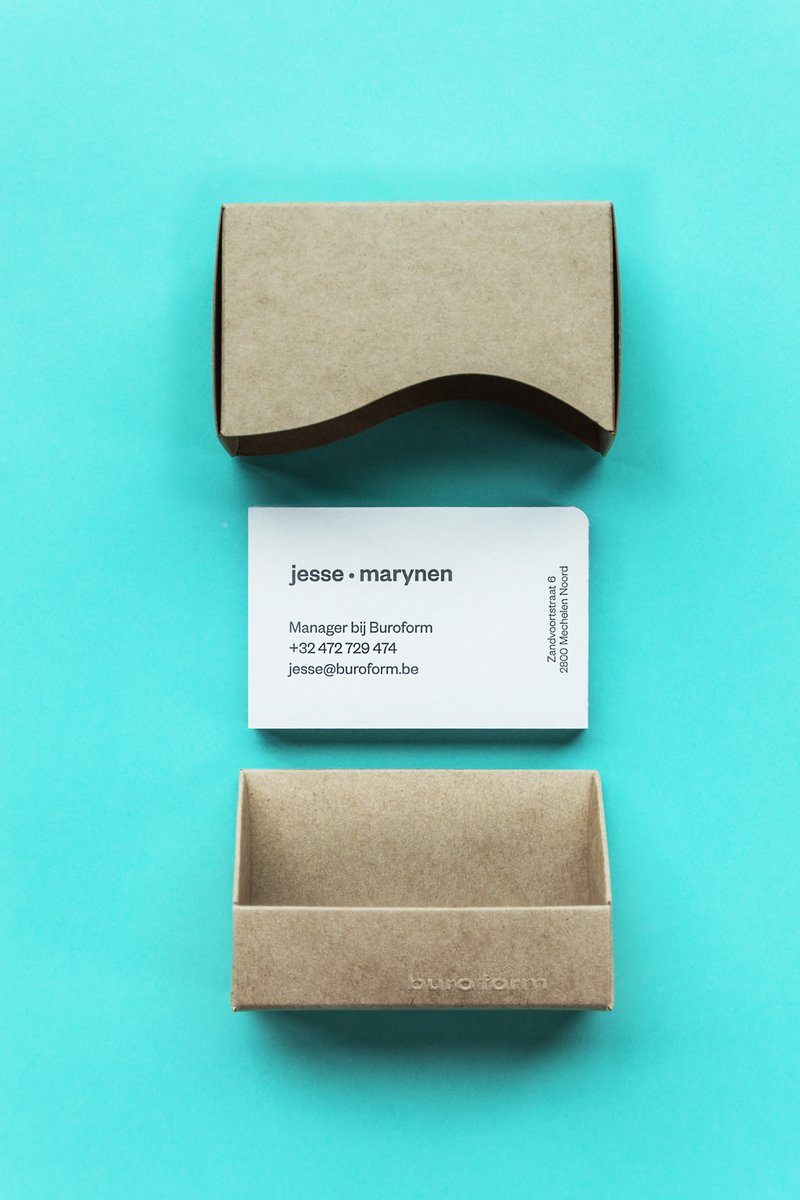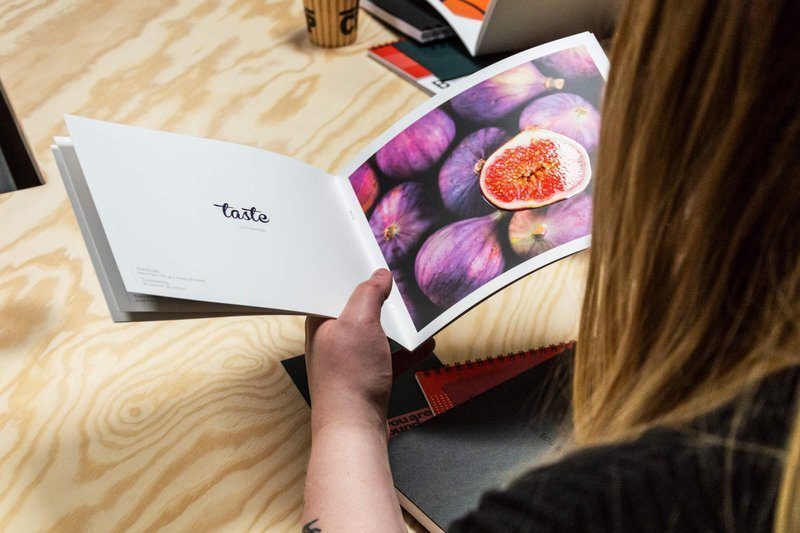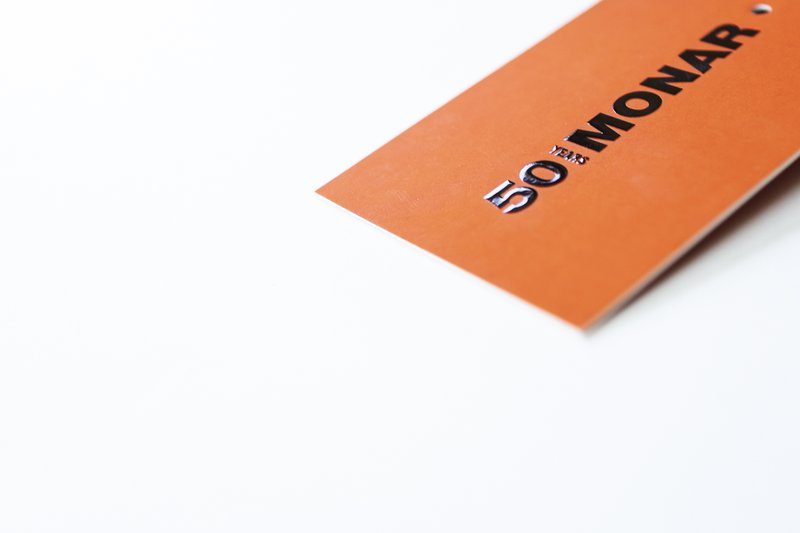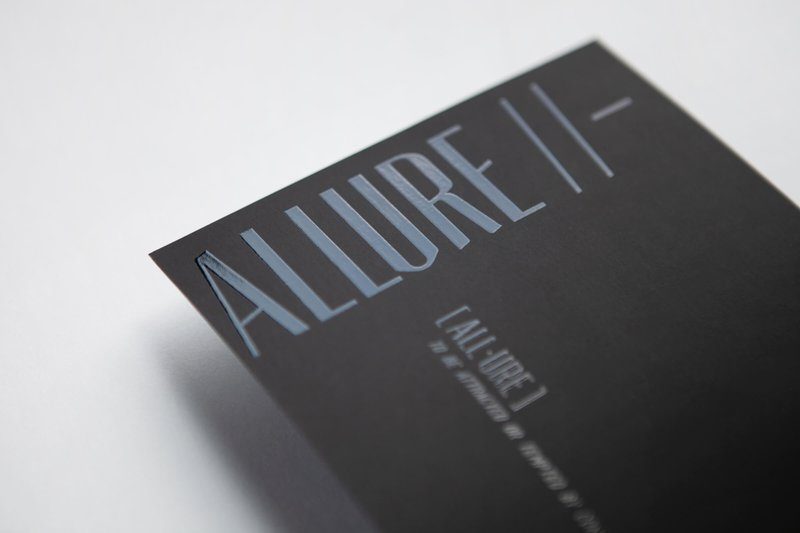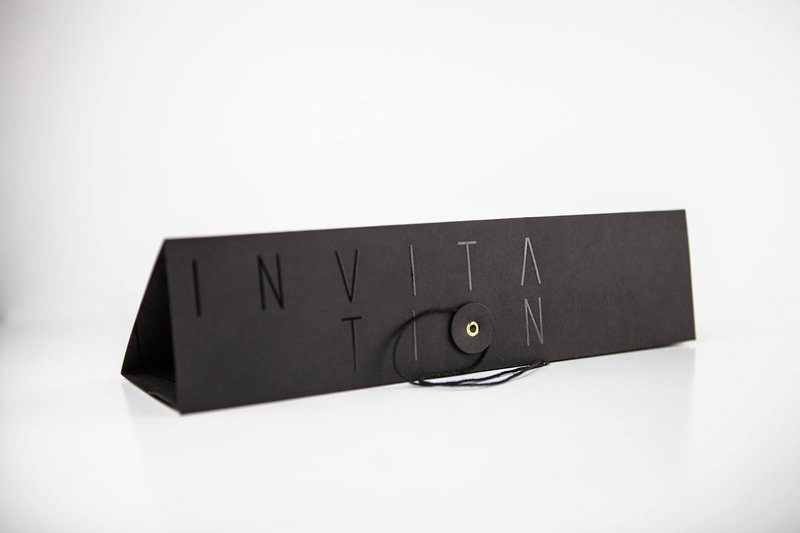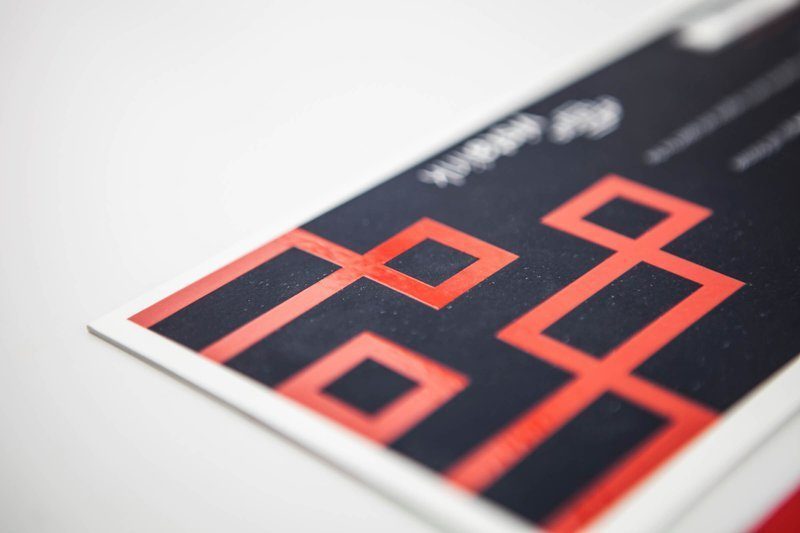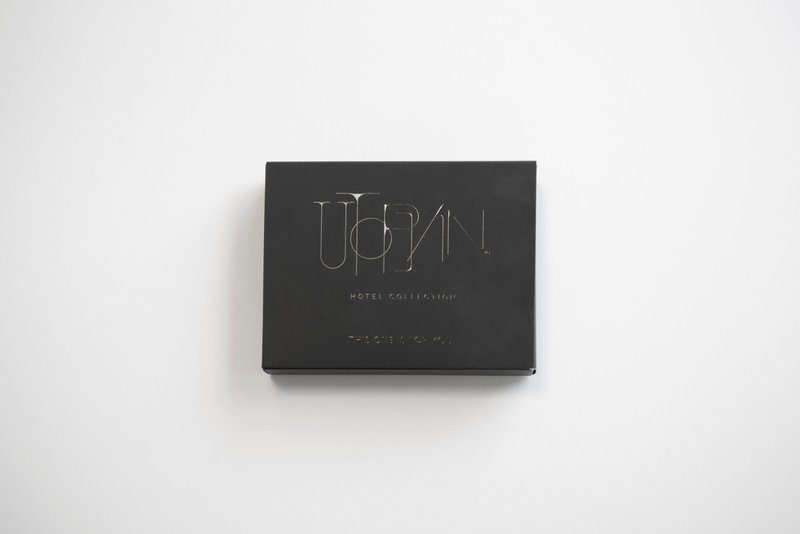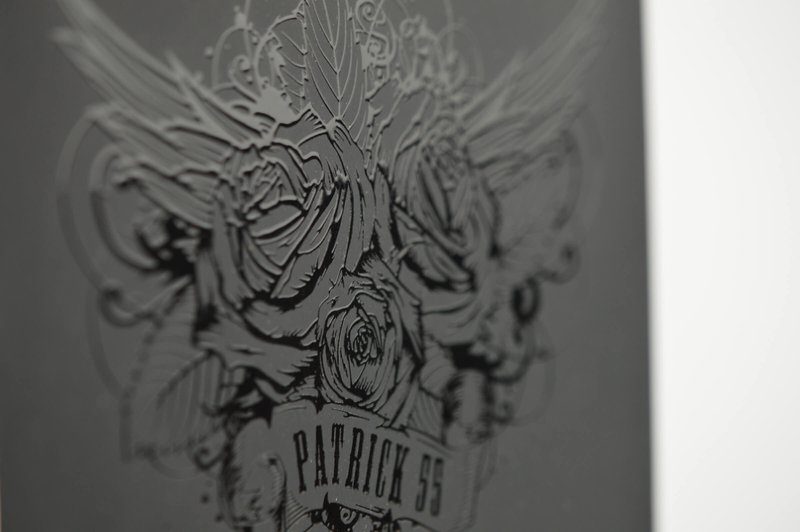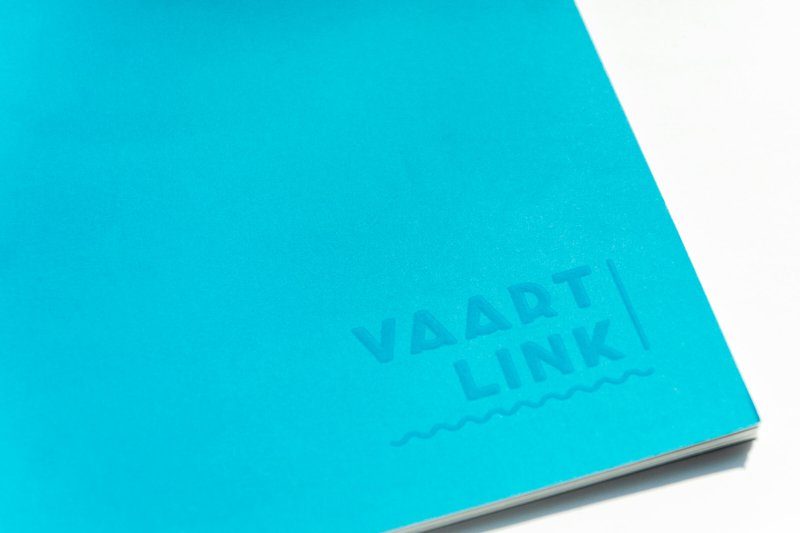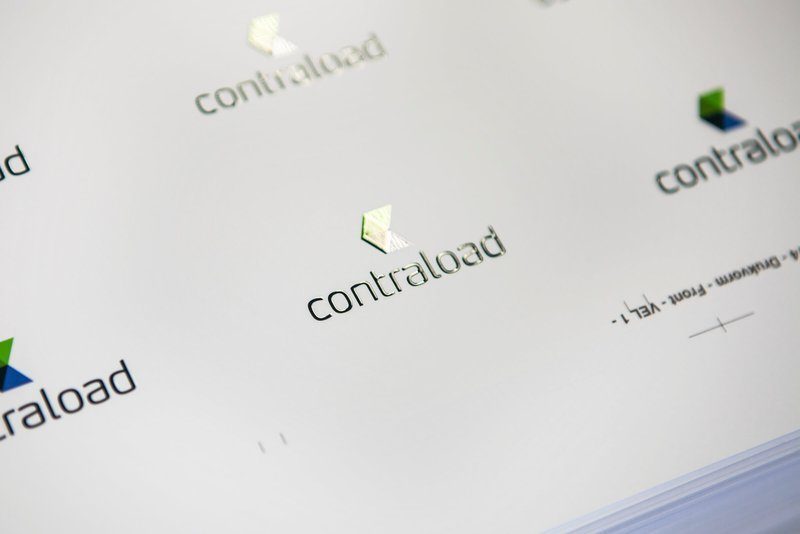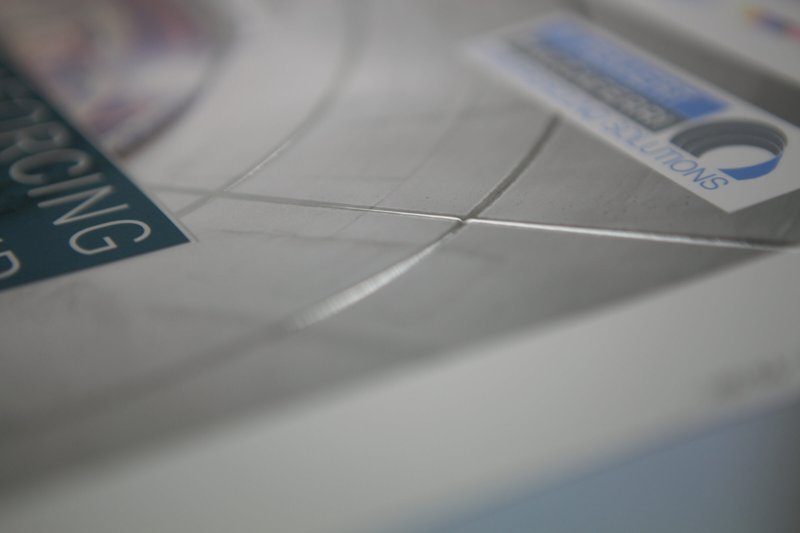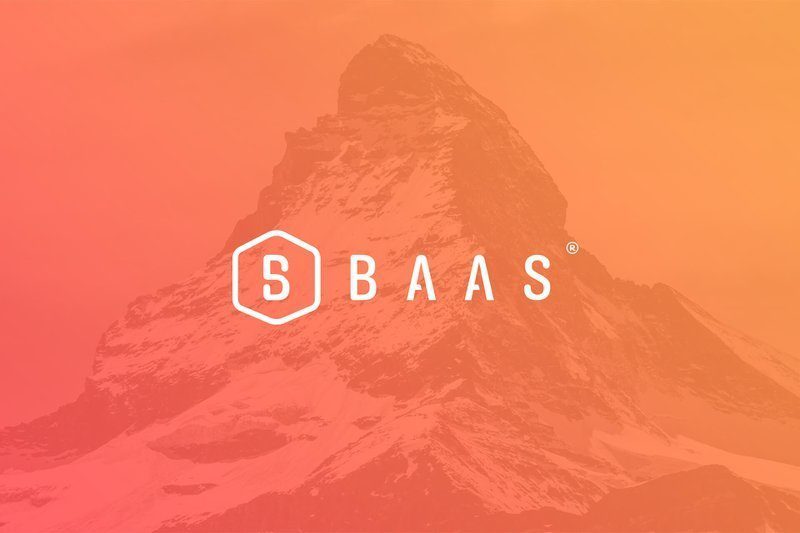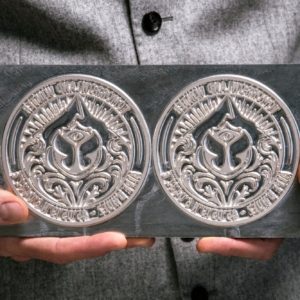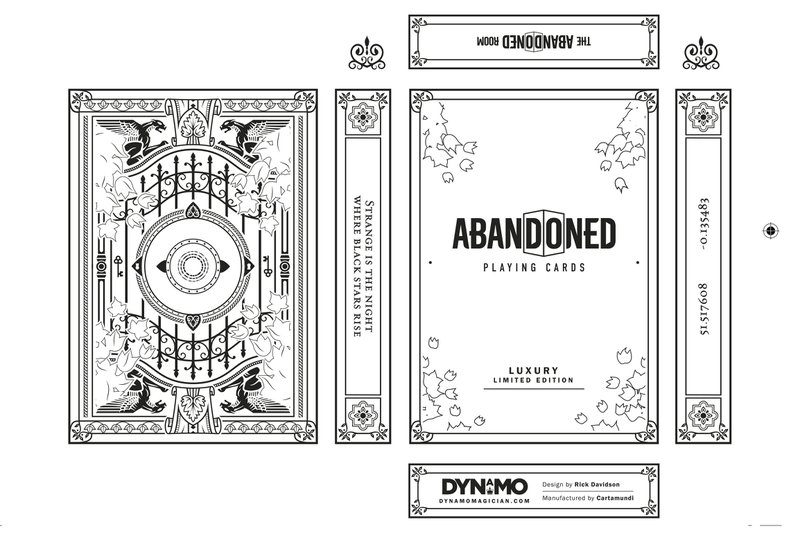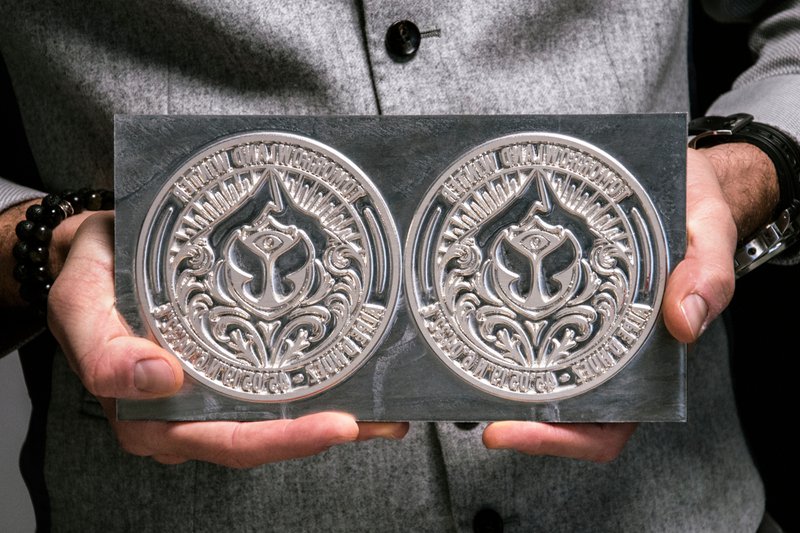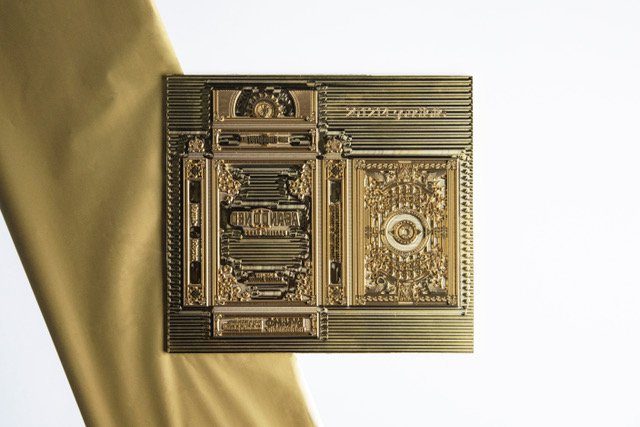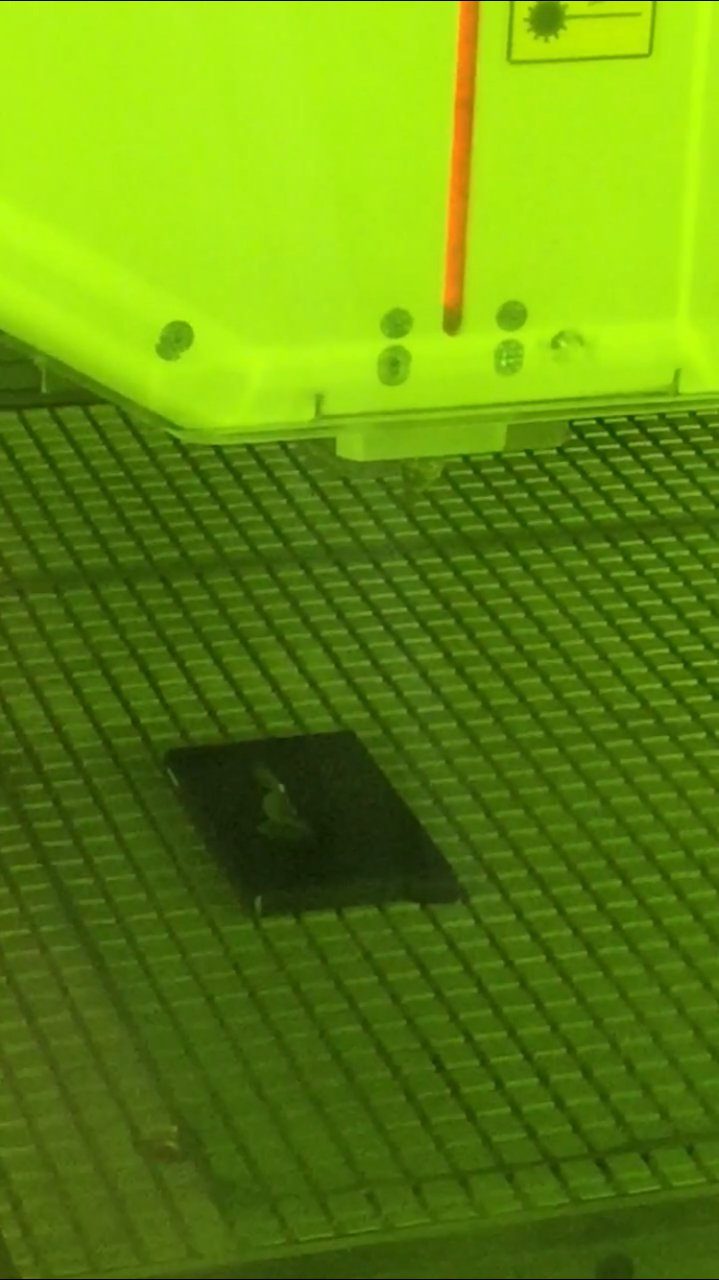Unadulterated beauty: having printed matter laser cut or laser engraved
Having your name engraved on a book cover. Incorporate a logo or special image into your packaging. Develop unique labels with complex cut-out shapes. With the laser, you can create exceptional effects in your printing. What is the difference between laser cutting and laser engraving? We’ll explain that to you quickly and easily.

What is laser cutting?
Laser cutting is a thermal separation process in which you cut extremely precise shapes, contours and patterns from a specific material. The laser beam heats the surface and melts or vaporizes it, then the actual cutting begins. In doing so, the cut made is barely wider than the laser beam itself, so you can work to fractions of a mm to create unique patterns.
What is laser engraving?
Rather, laser engraving is meant to give your printed materials a personal touch. The laser processes a text, drawing or image, removing portions of the surface point by point. As with laser cutting, you are virtually unlimited in your possibilities: just about any design can be done on just about any material. Think of an invitation with an individual message, a ballpoint pen with your logo or packaging with a serial number.
On what materials can all this be done now?
A laser cuts through just about any material, of any size or thickness. From paper and cardboard to cork, acrylic, plastic, wood and glass, almost no technology has so many processing options.
What applications are laser cutting or engraving ideal for?
So many materials, so many uses. Whether you want to embellish an invitation or greeting card, or give a book cover or brochure a special effect: with a personal engraving or a fine laser-cut pattern, you can give almost any graphic application an exclusive look!
More inspiration?
For Mesa, the tomorrowland restaurant, we provided menus, beverage cards, invitations and gift cards, among other things. See more about this fantastic project here.
